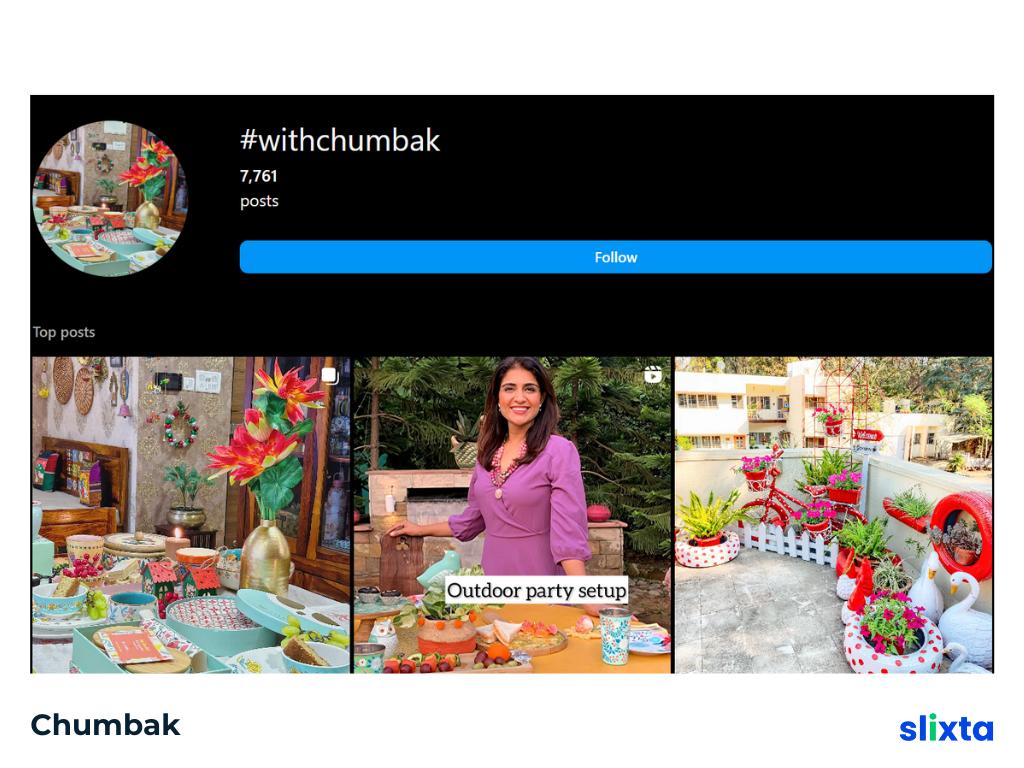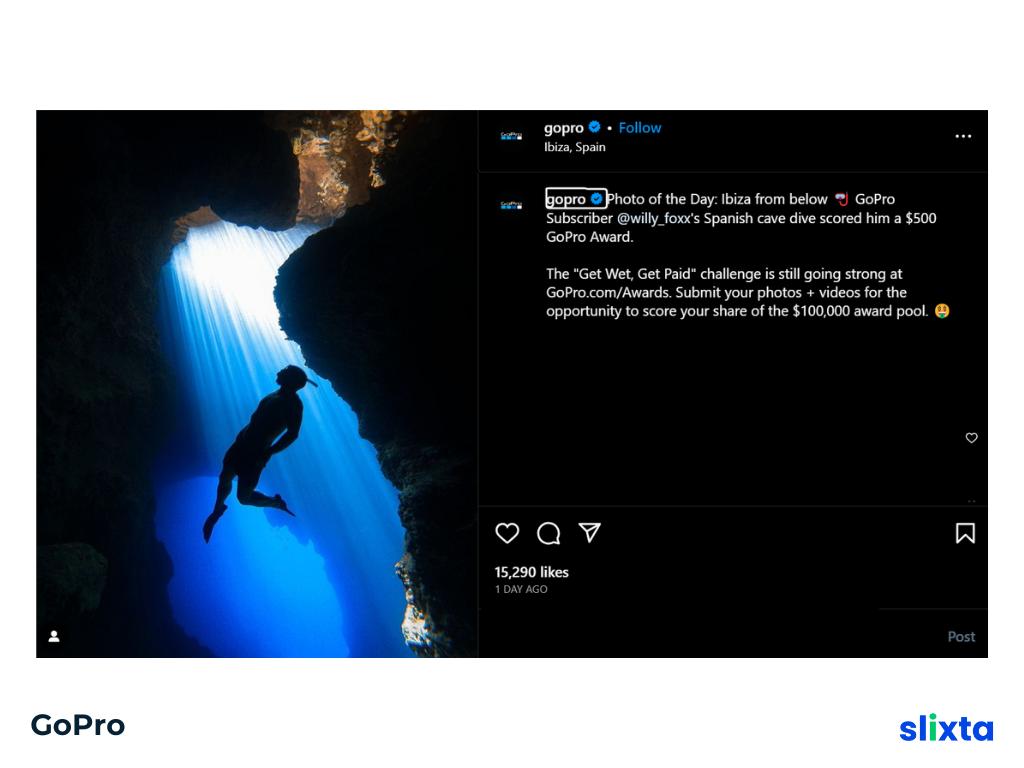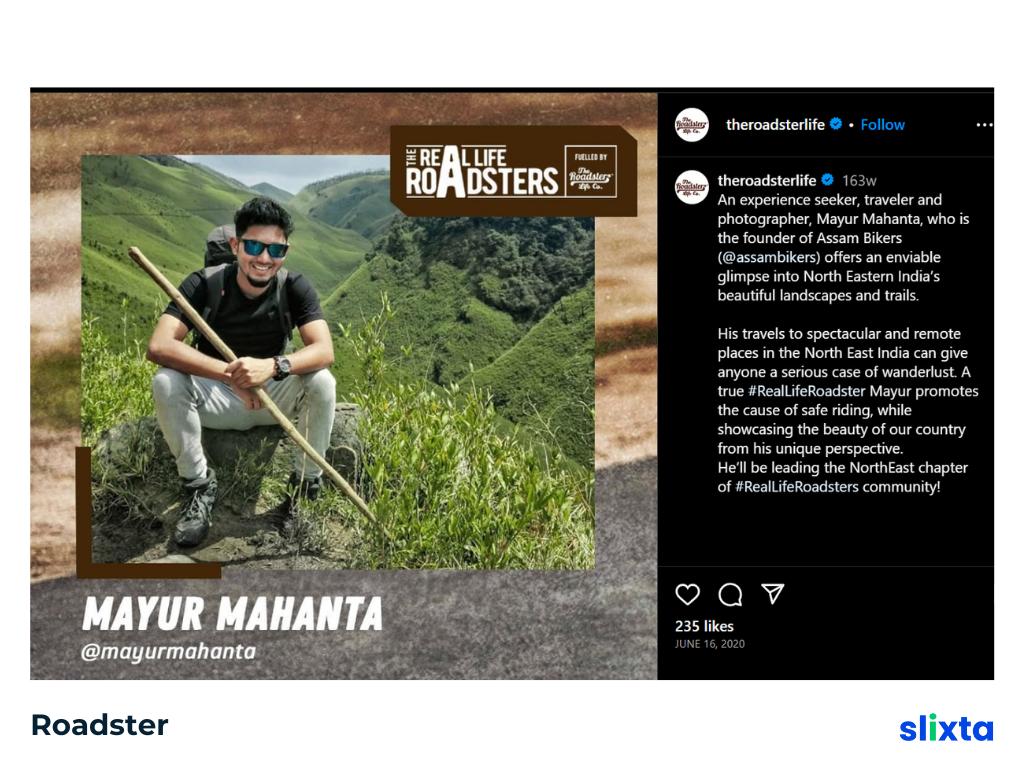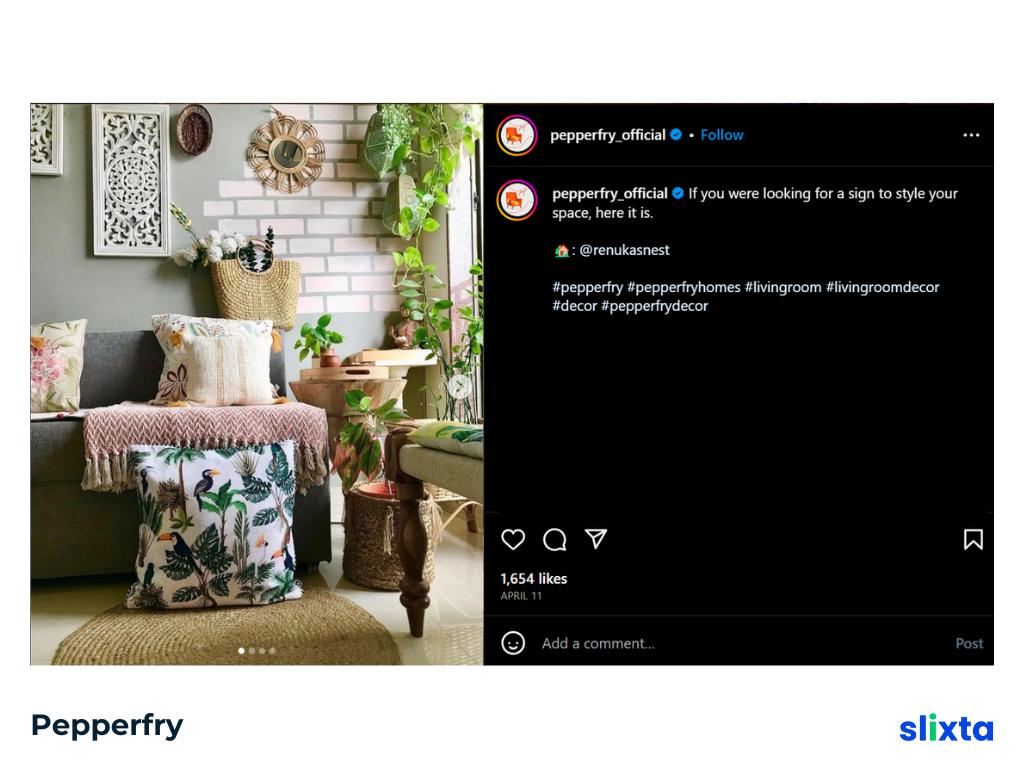
What is User Generated Content (UGC)? Your Roadmap to Marketing Success
Aug 16, 2023
User Generated Content (UGC) is content produced by ordinary people rather than professionals. It includes text, images, videos, and reviews shared on social media and online platforms. UGC is valued for its authenticity and community-building potential, impacting brand engagement and online interactions.
If you have purchased any products online recently and If you're like most people, you'll likely snap a quick picture and share it on your favorite social media platform. Or maybe you're a content creator who enjoys unboxing new products on your YouTube channel. Well, guess what? All these actions fall under the category of user-generated content (UGC).
If the term 'user-generated content' is new to you, fear not! We're here to enlighten you.
This article will not only explain what user-generated content entails but also delve into some other fascinating aspects surrounding it. From its growing influence in the digital world to the benefits it offers to businesses and individuals alike, you're in for an informative and engaging ride.
What is User-Generated Content (UGC)
User-Generated Content (UGC) is content created and shared by regular people, not just companies. It can be anything from photos, videos, reviews, or posts on social media. Think of it as everyday folks expressing themselves online.
UGC is genuine and authentic because it comes straight from real users, not scripted or sponsored. Brands love UGC because it builds trust and connects with the audience on a personal level.
You'll find UGC all over social media platforms like Instagram, YouTube, and Twitter. People willingly share their experiences, opinions, and creativity, making it a powerful tool for businesses to engage with their audience.
Types of User-Generated Content (UGC)
User-Generated Content (UGC) comes in various forms, reflecting the diverse ways people express themselves online. Here are some common types of UGC,
Photos
Users share pictures of themselves, their experiences, products they love, places they visit, and more. These images give a visual representation of their thoughts and activities.
Videos
UGC includes user-created videos on platforms like YouTube, TikTok, or Instagram. These can be anything from vlogs, tutorials, funny clips, reviews, or unboxing videos.
Reviews and Testimonials
Users provide feedback and opinions about products, services, or experiences. These reviews can be found on e-commerce websites, travel platforms, and various other review sites.
Social Media Posts
Users share their thoughts, feelings, and updates on social media platforms like Facebook, Twitter, and Instagram. This could be anything from sharing life events to discussing current topics.
Blogs and Articles
Users create their own blogs or contribute articles to websites, expressing their knowledge, expertise, and interests.
Comments and Discussions
Users engage in discussions, leave comments, and respond to content created by others, fostering a sense of community.
Hashtag Campaigns
Brands often initiate hashtag campaigns to encourage users to participate by creating content around a specific theme or topic.
Contests and Challenges
Brands and platforms run contests and challenges that prompt users to create and share content for a chance to win prizes or gain recognition.
Memes and GIFs
Users generate humorous or relatable content in the form of memes and GIFs, often shared to express emotions or reactions.
Fan Art and Creations
Enthusiastic fans create art, fan fiction, or other creative works inspired by their favorite movies, TV shows, games, or books.
Examples of User Generated Content (UGC)
Chumbak

Gopro

Roadster

Pepperfry

Significance of UGC in Marketing Sucess
UGC (User-Generated Content) plays a significant role in the marketing success of businesses and brands. Here are some key reasons why UGC is crucial for marketing success:
Authenticity and Trust
User-generated content is created by real customers and users, which gives it a high level of authenticity. Consumers tend to trust UGC more than branded content because it comes from their peers, making it a powerful tool for building trust and credibility with potential customers.
Engaging Content
UGC often features real-life experiences, emotions, and creativity, making it highly engaging for the audience. This engagement can lead to increased time spent on the website, improved click-through rates, and higher conversion rates.
Cost-Effective Marketing
UGC reduces the need for creating expensive branded content. Brands can leverage the content generated by their customers, which can be shared on social media, websites, and other marketing channels at little to no cost.
Community Building
Encouraging UGC fosters a sense of community around the brand. When customers actively participate by creating and sharing content, they become more invested in the brand, leading to stronger relationships and increased loyalty.
Diversifying Content
UGC provides a wide variety of content types, including reviews, testimonials, photos, videos, and social media posts. This diversity enhances the brand's overall content strategy and keeps it fresh and appealing to different audience segments.
Social Proof
UGC serves as social proof, indicating that other people are enjoying and benefiting from a brand's products or services. Social proof is a powerful psychological trigger that can influence potential customers' purchase decisions positively.
Viral Potential
Engaging UGC has the potential to go viral, spreading brand awareness and reach far beyond what traditional marketing efforts might achieve. When users share UGC, it extends the brand's reach to new audiences.
Feedback and Improvement
UGC can provide valuable feedback for businesses. Analyzing user-generated reviews and comments can offer insights into what customers love about the brand and identify areas for improvement.
Best Practices for UGC
When leveraging user-generated content (UGC) in your marketing strategy, it's essential to follow some best practices to ensure effectiveness and maintain a positive brand image. Here are some of the best practices for UGC
Clearly Define Your UGC Campaign Goals
Set clear objectives for your UGC campaign. Determine what you want to achieve, whether it's increasing brand awareness, driving sales, building a community, or obtaining customer feedback. Having well-defined goals will help you measure the success of your campaign accurately.
Encourage Positive and Authentic Content
Encourage users to share genuine experiences and positive stories about your brand or products. Authentic content resonates with other customers and builds trust, while overly promotional or fake content can have a negative impact on your brand's reputation.
Establish Clear Guidelines
Provide clear guidelines for users to follow when creating and submitting UGC. This ensures that the content aligns with your brand's values and maintains consistency. Include information on appropriate language, image quality, and any legal considerations, such as copyright issues.
Obtain Explicit Consent
Always obtain explicit consent from users before using their UGC in your marketing materials. This can be done through explicit opt-ins or consent forms. Respect users' privacy and rights to their content.
Engage and Interact with Users
Engage with users who create UGC by liking, commenting, or sharing their content. This interaction shows appreciation and encourages others to participate. Respond to comments and feedback promptly to foster a sense of community and connection with your brand.
Showcase UGC on Various Platforms
Feature UGC on your website, social media channels, email newsletters, and other marketing materials. This widespread exposure not only increases engagement but also shows appreciation for your customers' contributions.
Run UGC Contests and Campaigns
Encourage UGC creation through contests, challenges, or specific campaigns. Offer incentives, rewards, or recognition for the best content submissions. This can boost participation and generate a larger pool of UGC.
Monitor and Moderate Content
Regularly monitor the UGC being created and shared. Address any inappropriate or off-brand content promptly and enforce your guidelines. Moderation helps maintain a positive and safe environment for all participants.
Attribute Credit to Content Creators
Whenever you use UGC, credit the original content creators. This acknowledgment not only shows respect for the users but also encourages others to participate in the future.
By following these best practices, you can effectively harness the power of user-generated content to strengthen your brand, engage your audience, and achieve your marketing objectives.
Conclusion
User-Generated Content (UGC) is a powerful marketing tool that offers genuine, authentic, and engaging content created by real users. Its significance lies in building trust, fostering community, and diversifying marketing efforts. By following best practices, businesses can leverage UGC to enhance their brand's authenticity, engage with their audience, and achieve marketing success.
For more valuable insights and information, check out these recommended blogs:
